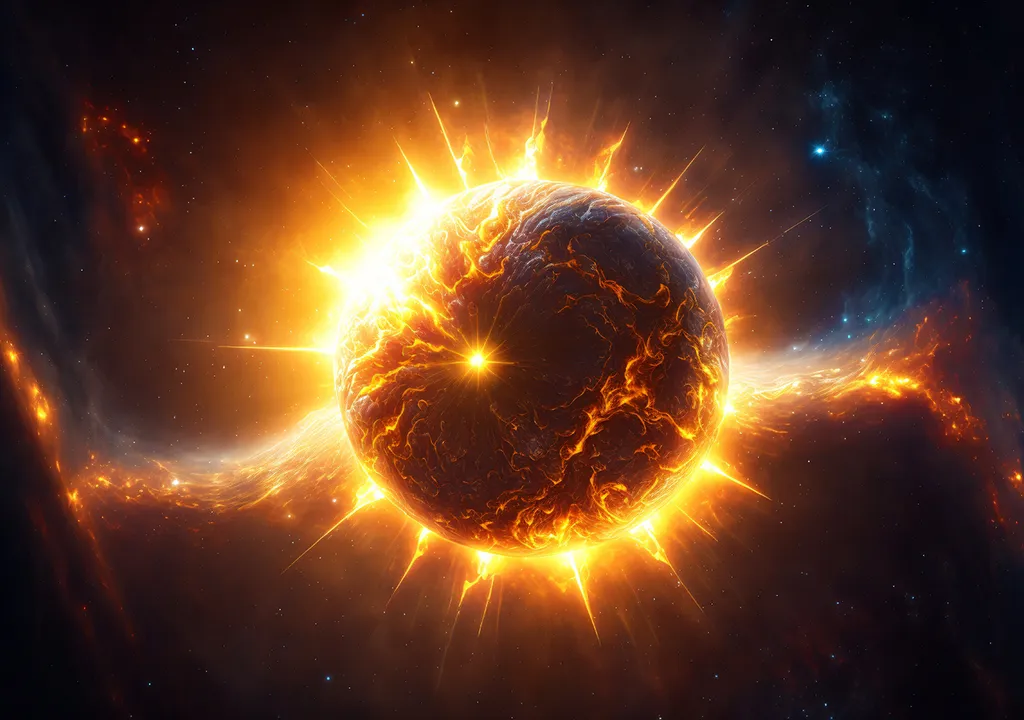
Did a Second Big Bang Really Occur in the Universe?
Introduction:
The Big Bang is the most widely accepted theory about the origin of the universe. According to this theory, the universe began as a single point, which then expanded rapidly in an explosion that we call the Big Bang. But what if the Big Bang wasn't the only explosion to occur in the universe? There are some scientists who believe that a second Big Bang may have occurred, known as the "Dark Big Bang." In this article, we will explore this theory and try to understand if a second Big Bang really occurred in the universe.
What is the Dark Big Bang?
The theory of the Dark Big Bang suggests that the universe may have undergone a second Big Bang, but this time it was not visible. This explosion, according to the theory, would have created a universe made entirely of dark matter. Dark matter is a type of matter that does not interact with light, making it invisible to telescopes and other observation methods.
The Dark Big Bang theory suggests that the explosion would have occurred about 13 billion years ago, just a few hundred million years after the first Big Bang. The dark matter universe that was created by this explosion would have existed alongside our own universe, but we would not have been able to detect it.
Also Read:
Is there evidence to support the theory of the Dark Big Bang?
While the theory of the Dark Big Bang is intriguing, there is currently no direct evidence to support it. Scientists have not yet found a way to detect or observe dark matter directly, so it is difficult to prove that a dark matter universe exists.
However, there are some observations that could potentially support the theory. For example, some scientists have observed an excess of gamma rays coming from the center of the Milky Way galaxy. This excess could be caused by the annihilation of dark matter particles, which would be consistent with the existence of a dark matter universe.
Other scientists have looked for evidence of the Dark Big Bang in the cosmic microwave background (CMB) radiation, which is the radiation left over from the Big Bang. While there have been some anomalies in the CMB that could be consistent with the theory, they could also be explained by other phenomena.
Overall, while there is no direct evidence to support the theory of the Dark Big Bang, it remains an intriguing possibility that could help us understand the universe in new ways.
What are the implications of the Dark Big Bang theory?
If the Dark Big Bang theory is true, it would have significant implications for our understanding of the universe. For example, it would mean that there are two parallel universes: our own, visible universe, and a dark matter universe that we cannot observe.
It could also help us understand the nature of dark matter itself. Dark matter makes up about 27% of the universe, but we know very little about it. If the Dark Big Bang theory is true, it would mean that dark matter played a crucial role in the evolution of the universe.
Conclusion:
In conclusion, the theory of the Dark Big Bang suggests that a second Big Bang may have occurred in the universe, creating a parallel universe made entirely of dark matter. While there is currently no direct evidence to support this theory, it remains an intriguing possibility that could help us understand the universe in new ways. If the Dark Big Bang theory is true, it would have significant implications for our understanding of the universe and the role of dark matter in its evolution.
Read More:
That's it for this article.
Thanks for Visiting Us – fixyanet.com


0 Comments